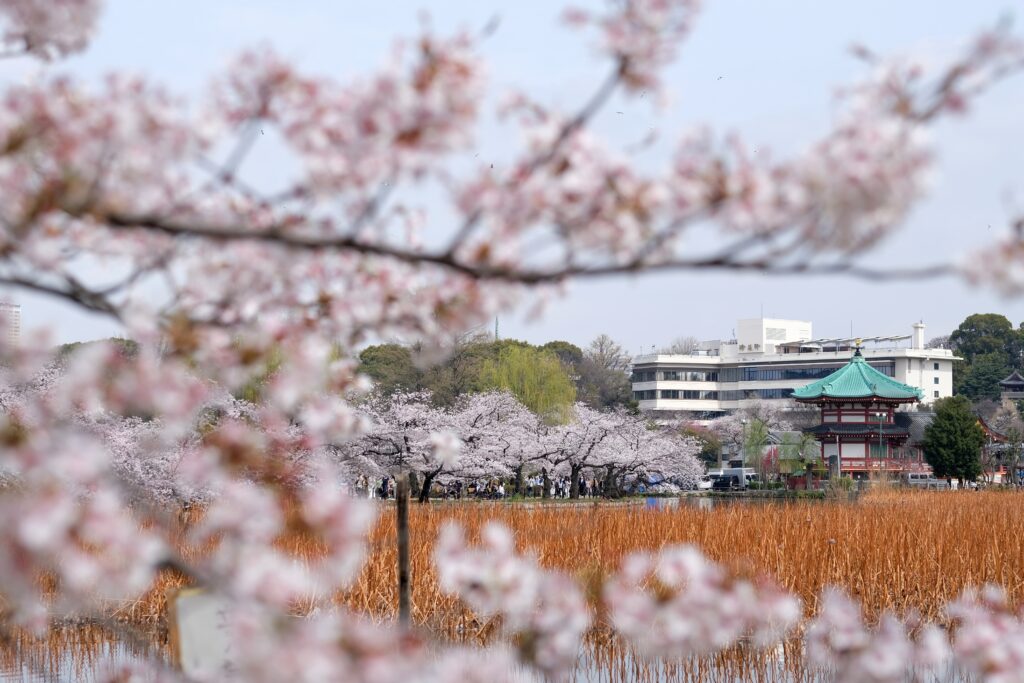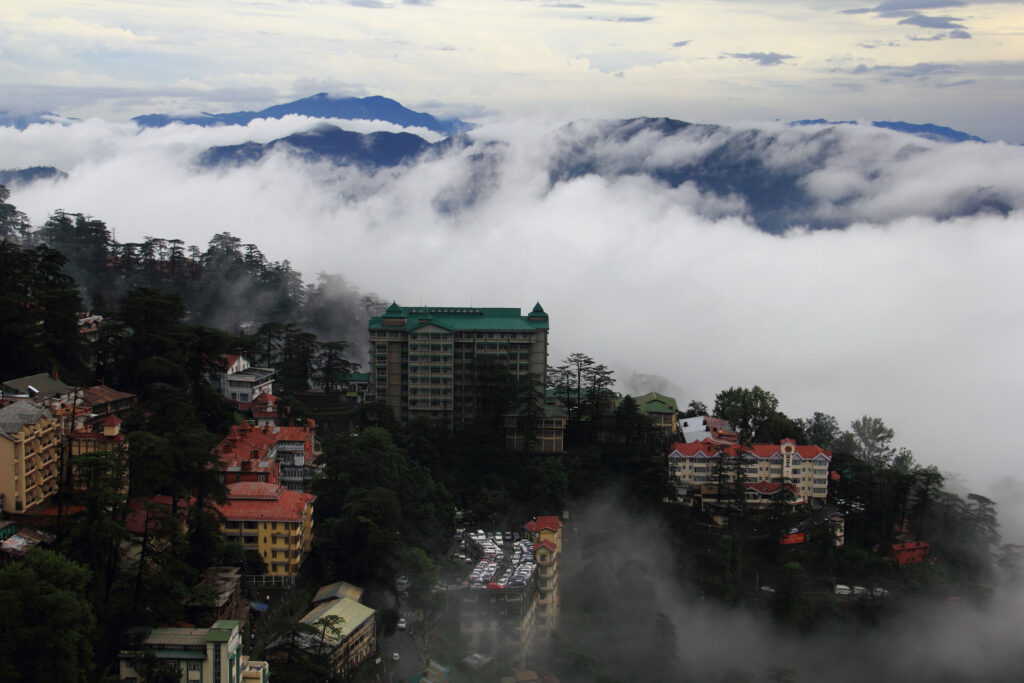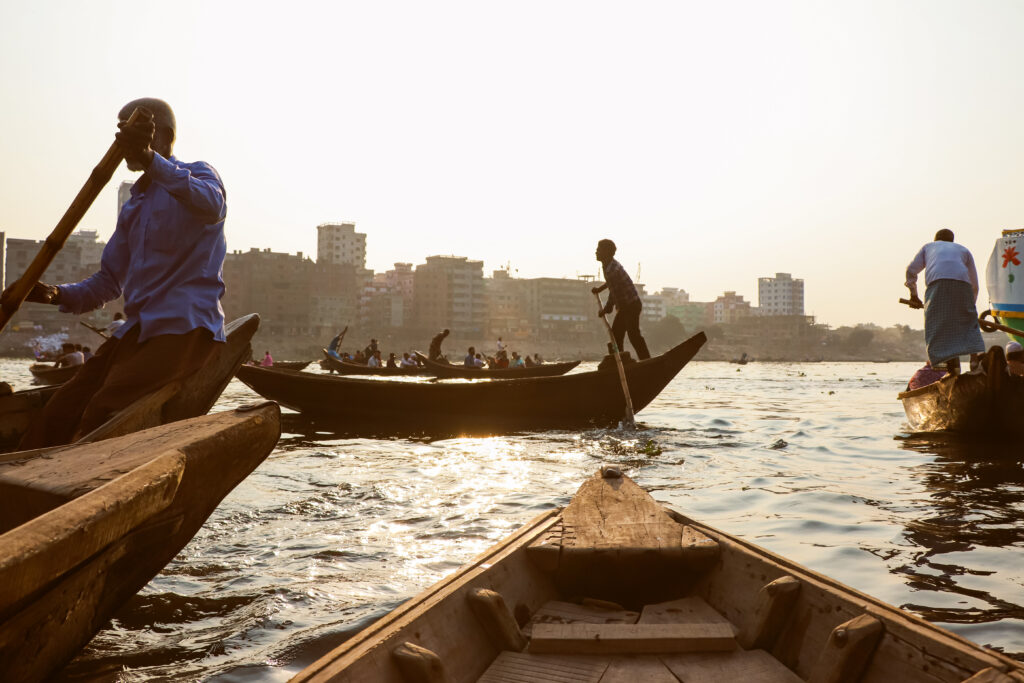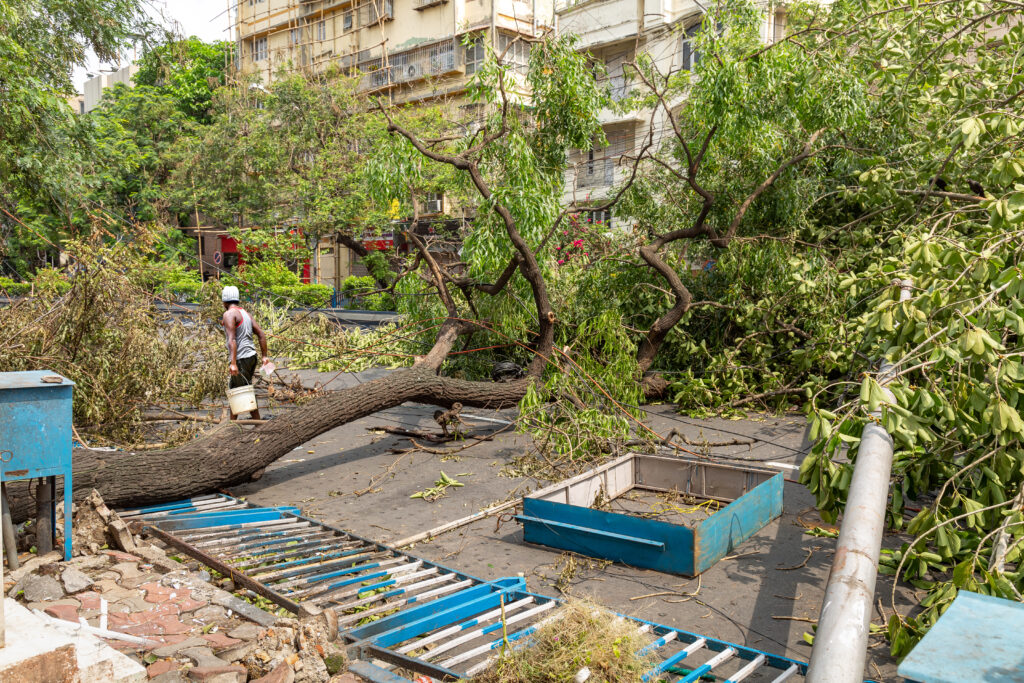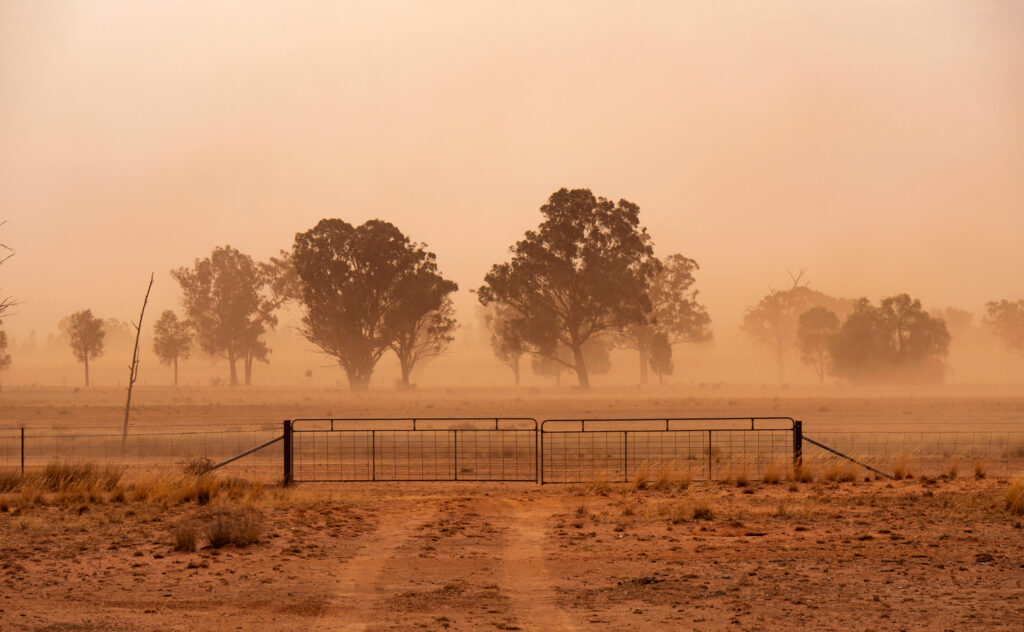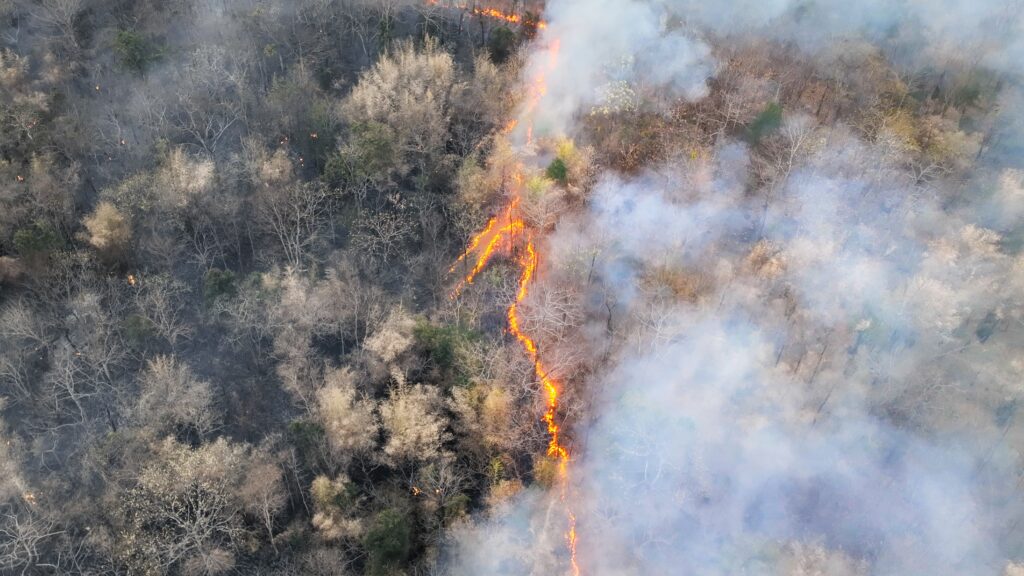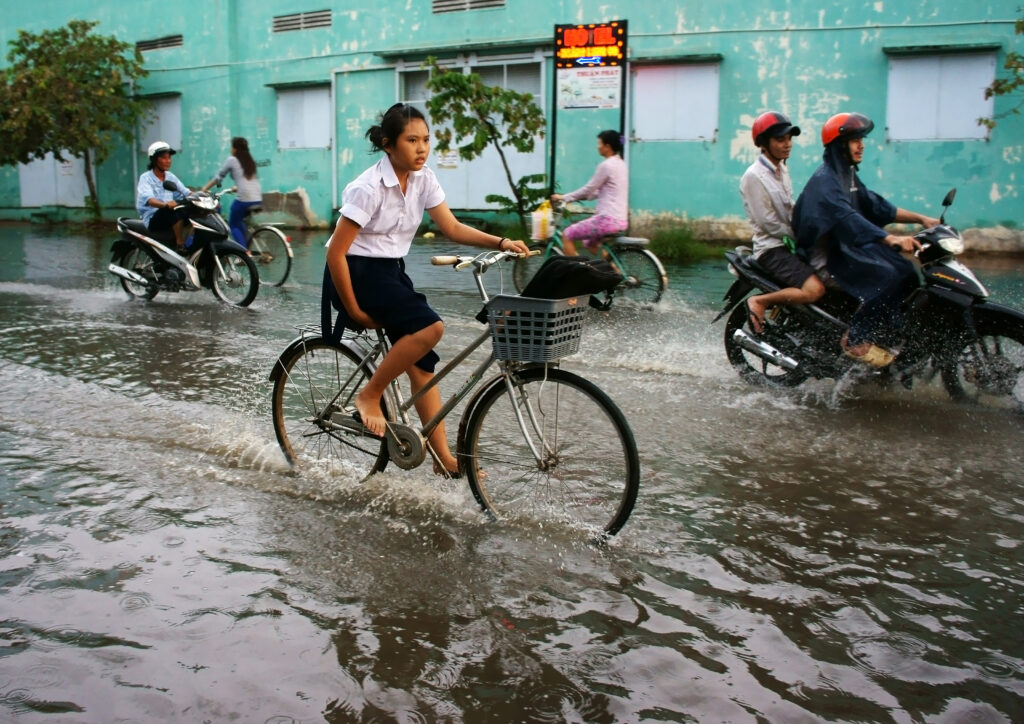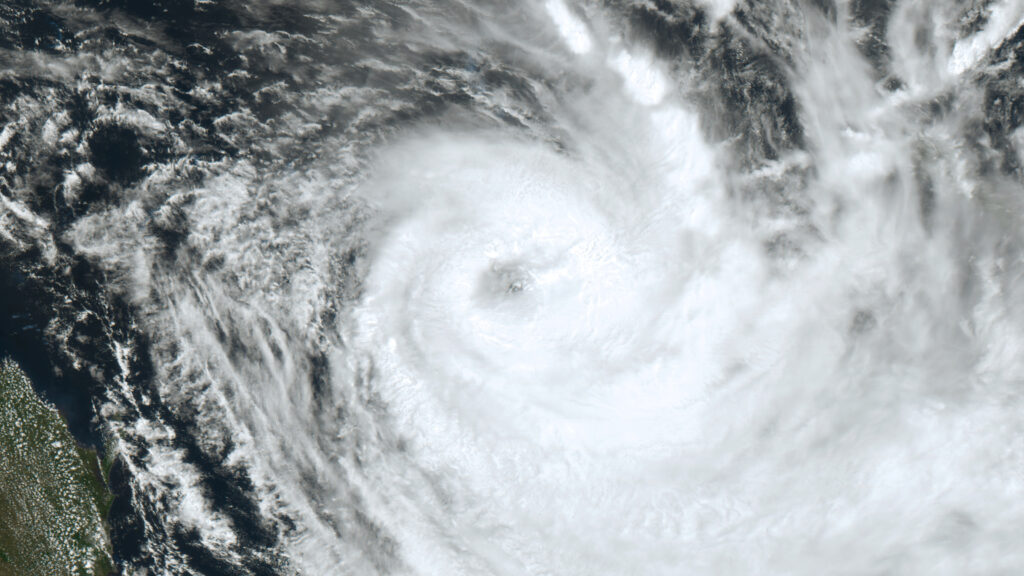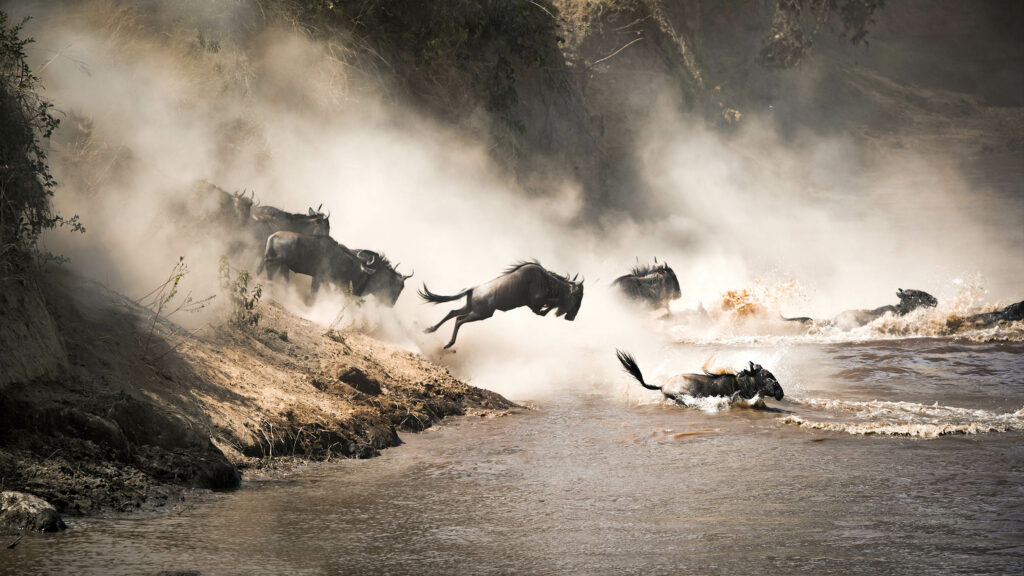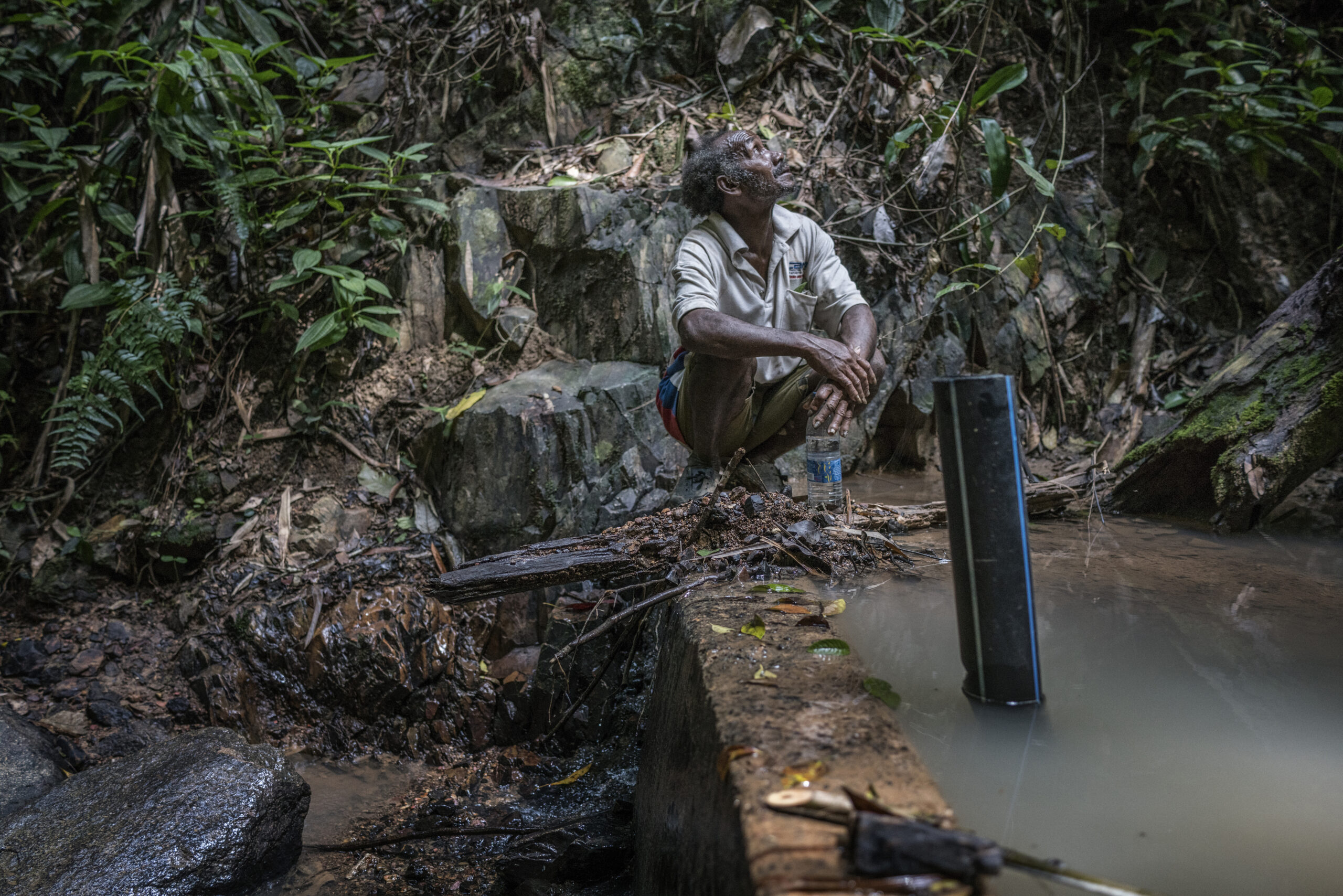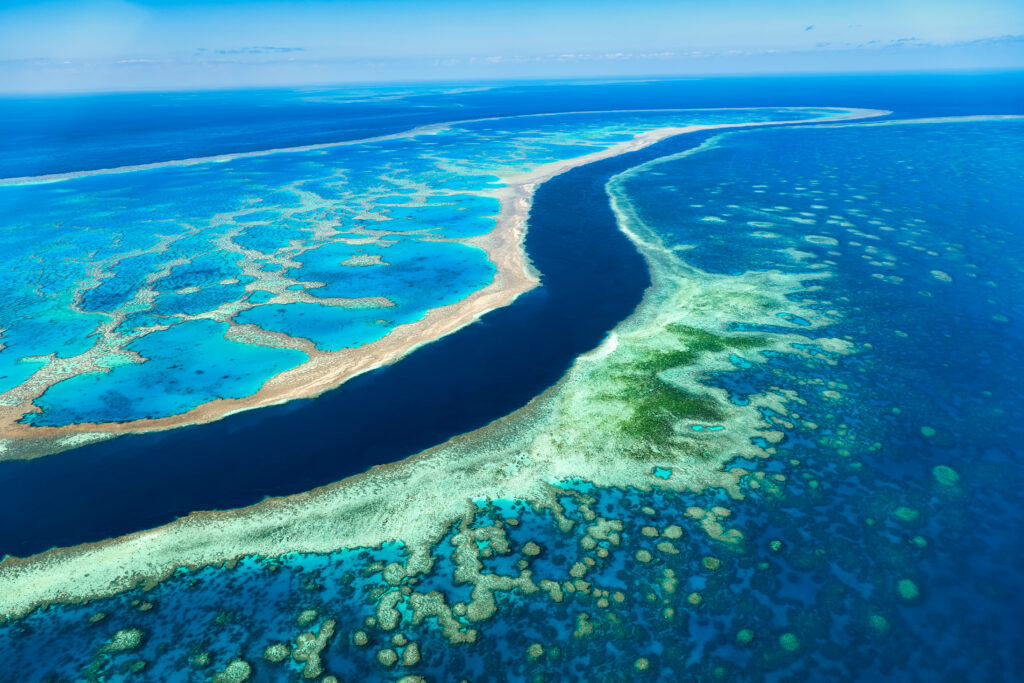A new report from the World Health Organization (WHO) and the World Meteorological Organization (WMO) highlights a growing concern: the impact of extreme heat on Asian workers, especially those who have to spend more of their time outside. These include street vendors, farmers, motorcycle delivery drivers, construction workers and more.
“Heat stress is already harming the health and livelihoods of billions of workers, especially in the most vulnerable communities,” said Dr. Jeremy Farrar, WHO’s assistant director-general for health promotion, disease prevention and care.
This is of special concern to Asia, the world’s most populous continent and home to some of the biggest cities on the planet. Across the entire continent, heat is rising faster than the world average, and many workers lack formal status, leaving them at the whim of extreme heat with no access to adequate protection or health care.
“We call for urgent, coordinated action to safeguard the health, safety and dignity of the more than 2.4 billion workers exposed to excessive heat worldwide,” said Joaquim Pintado Nunes, chief of Occupational Safety and Health and the Working Environment at the International Labour Organization (ILO).
Extreme Heat in Bangladesh
According to a recent report from Climate Rights International (CRI), in Bangladesh — one of the countries in Asia most susceptible to climate-linked extreme heat — urban workers in Dhaka are suffering from a range of heat-related health problems.
“This crisis is being driven by the relentless greenhouse gas pollution of wealthy, industrialized countries, and fossil fuel companies,” said Brad Adams, executive director at CRI.
Problems include dehydration, itchiness, headaches, fever, diarrhoea, nausea, vomiting, muscle cramps, loss of muscle control, temporary vision loss, chest pain, heart palpitations and loss of consciousness. Climate heat — Dhaka recently saw temperatures of 48°C — and systematic labour abuses are making workers’ lives harder. Government and businesses need to take long-overdue steps to improve workplace safety across Asia.
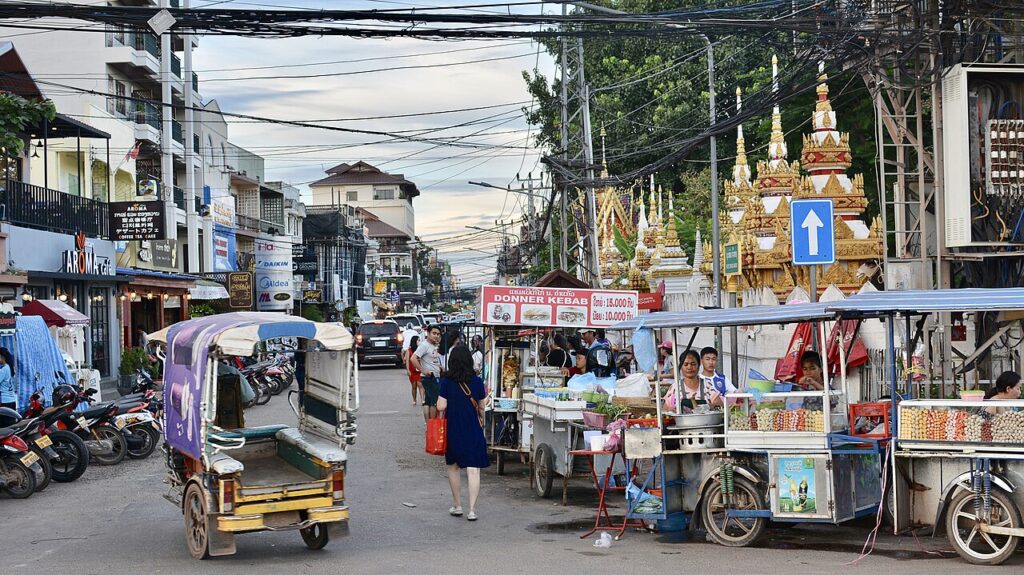
Street vendors in Southeast Asia. Source: Wikimedia Commons
Heat Waves in Taiwan, Thailand, Vietnam and India
It’s not just Dhaka — across Asia, workers are facing increased health risks due to heat and other climate-linked extreme weather events.
In Vietnam, construction workers — who are mostly informal, contract workers with no health benefits — are being subjected to increased days when humidity and heat exceed safe working standards. High humidity — which is common throughout Southeast Asia — makes the situation even worse. The same is true for street vendors and delivery drivers in Thailand’s capital, Bangkok, where higher temperatures are worsened by an extreme urban heat effect due to limited green space. In India, which has seen unprecedented heat waves over the past few years, there is evidence that more workers are dying from heat strokes, showing the high cost of climate change on the most vulnerable.
“Frontline communities […] are left to suffer, with the fewest resources to cope. This is climate injustice in a nutshell,” said Adams.
Even those in more developed countries, like Taiwan, are vulnerable, with real economic costs. Construction workers across the island nation are dealing with increased heat stress, which is resulting in more sick days. According to one study, productivity losses in some sites were as high as 41%.
Protecting Workers from Heat Exhaustion and other Heat-related Illness
While developing countries in Asia are not responsible for the vast majority of greenhouse gas emissions — which came primarily from countries like the United States, China, Russia and Europe — they’re making the situation worse. Taiwan and Bangladesh are expanding fossil gas, and Vietnam and India are adding more coal to the grid, despite the fact that all four countries have significant solar and wind potential.
Merely mitigating emissions, however, won’t be enough to protect workers in Dhaka, Taipei, Kolkata and Hanoi. There is more that cities and governments can do as well. One is better adaptation — including designing buildings to withstand heat. Another is recognising workers’ rights through labour unions or formal employment. In Japan, labour unions played a key role in the government passing new legislation requiring employers to protect workers from extreme heat or face hefty fines. It shows the clear link between protecting workers’ rights and ensuring climate justice.
“Businesses and governments have an obligation to protect workers from the growing threat of extreme heat,” said Cara Schulte, a researcher with CRI. “Doing so will be critical to the future of public health, worker well-being and the global economy.”
As heat waves, droughts and extreme weather events become more common due to the failure of the world to address greenhouse gas emissions, more of Asia’s workers will face real, dangerous health consequences. Much, much more must be done to ensure workers don’t suffer.
“Doing so will be critical to the future of public health, worker well-being, and the global economy,” said Schulte.
Nithin Coca
Journalist, Japan
Nithin Coca covers climate, environment, and supply chains across Asia. He has been awarded fellowships from the Solutions Journalism Network, the Pulitzer Center, and the International Center for Journalists. His features have appeared in outlets like the Washington Post, Financial Times, Foreign Policy, The Diplomat, Foreign Affairs and more.
Nithin Coca covers climate, environment, and supply chains across Asia. He has been awarded fellowships from the Solutions Journalism Network, the Pulitzer Center, and the International Center for Journalists. His features have appeared in outlets like the Washington Post, Financial Times, Foreign Policy, The Diplomat, Foreign Affairs and more.


